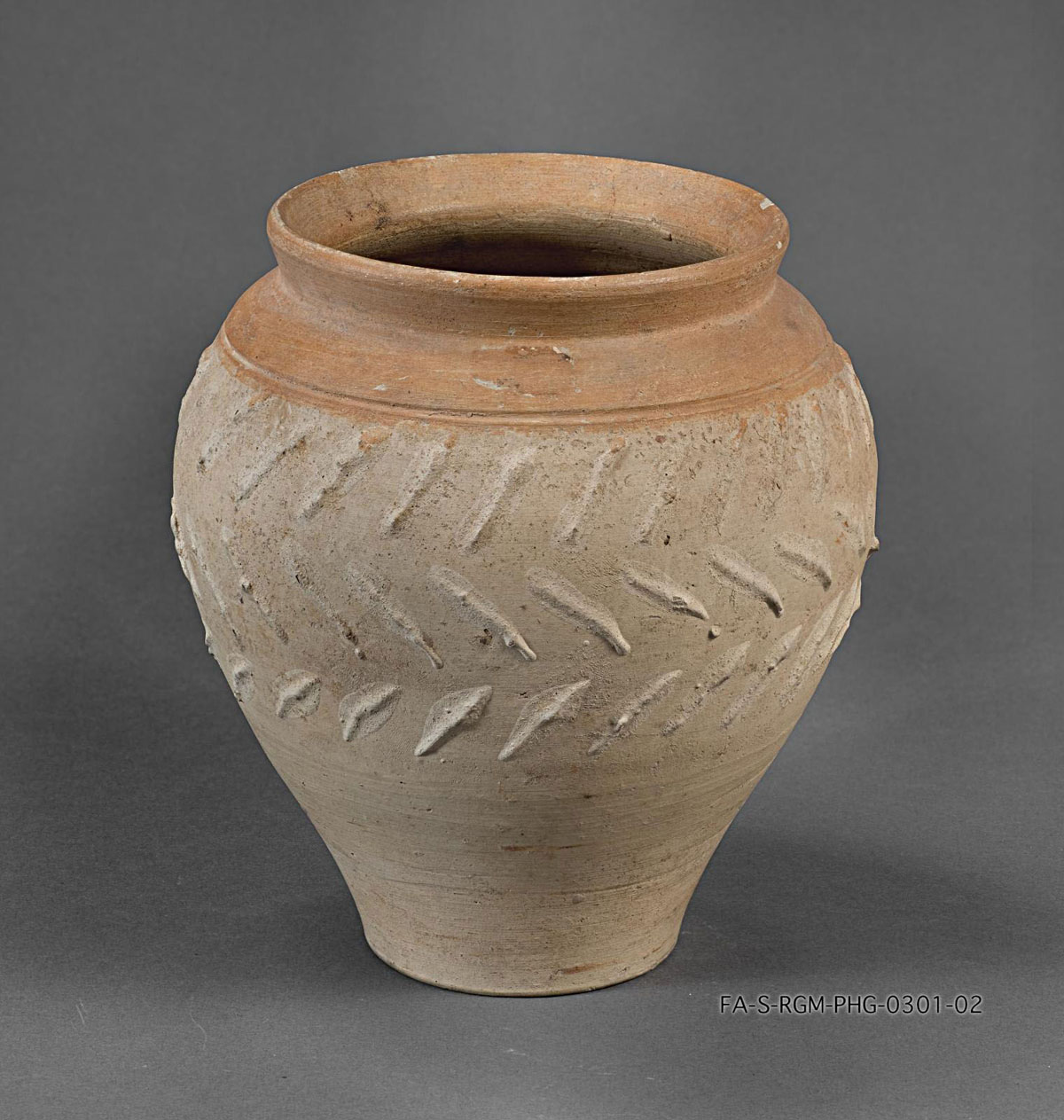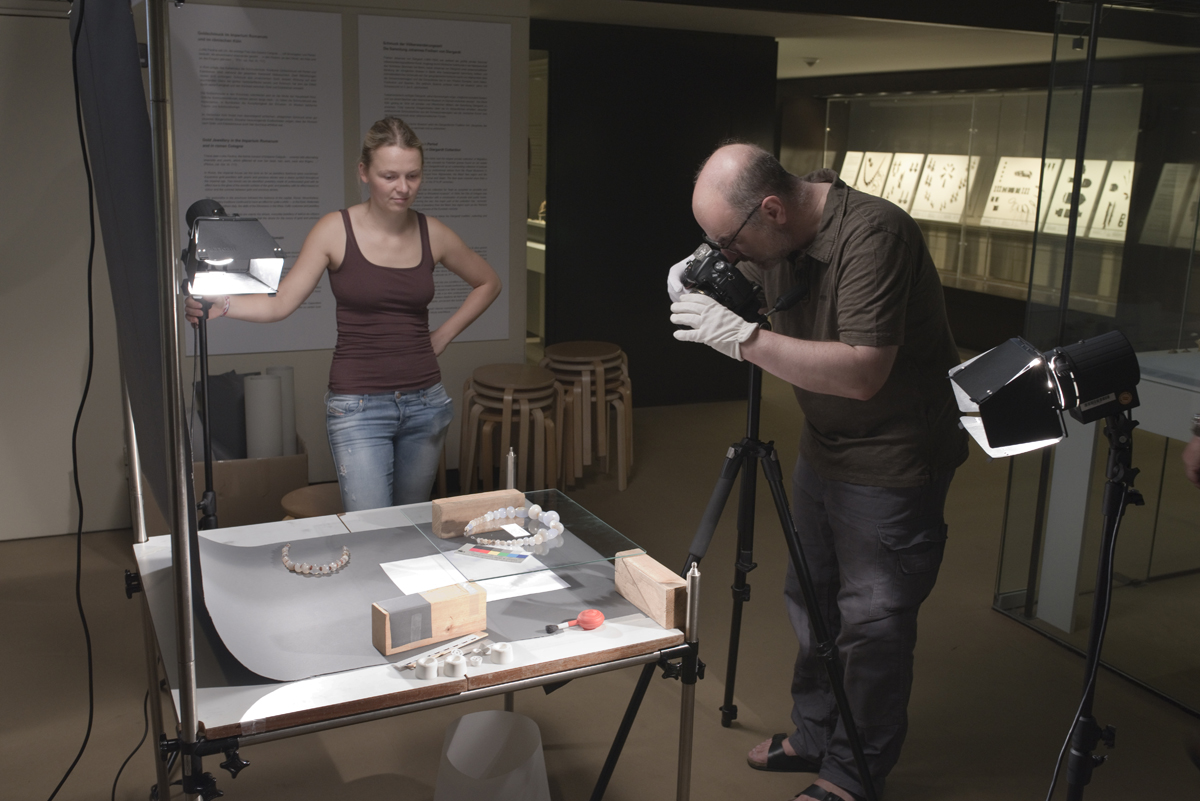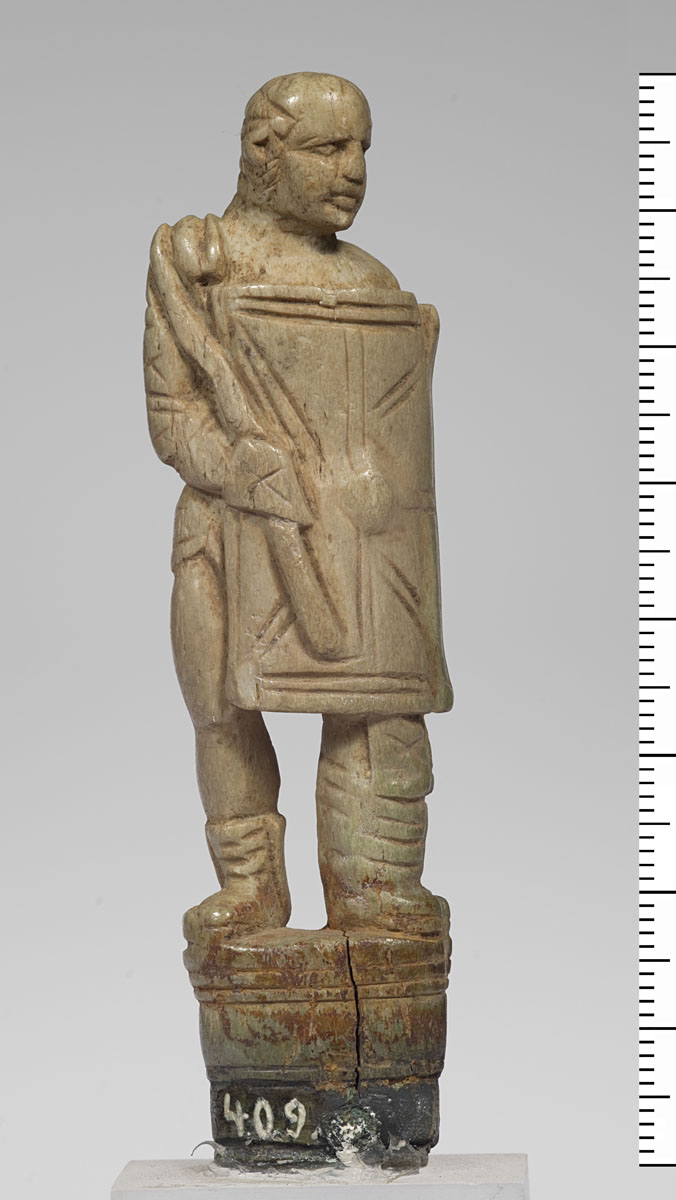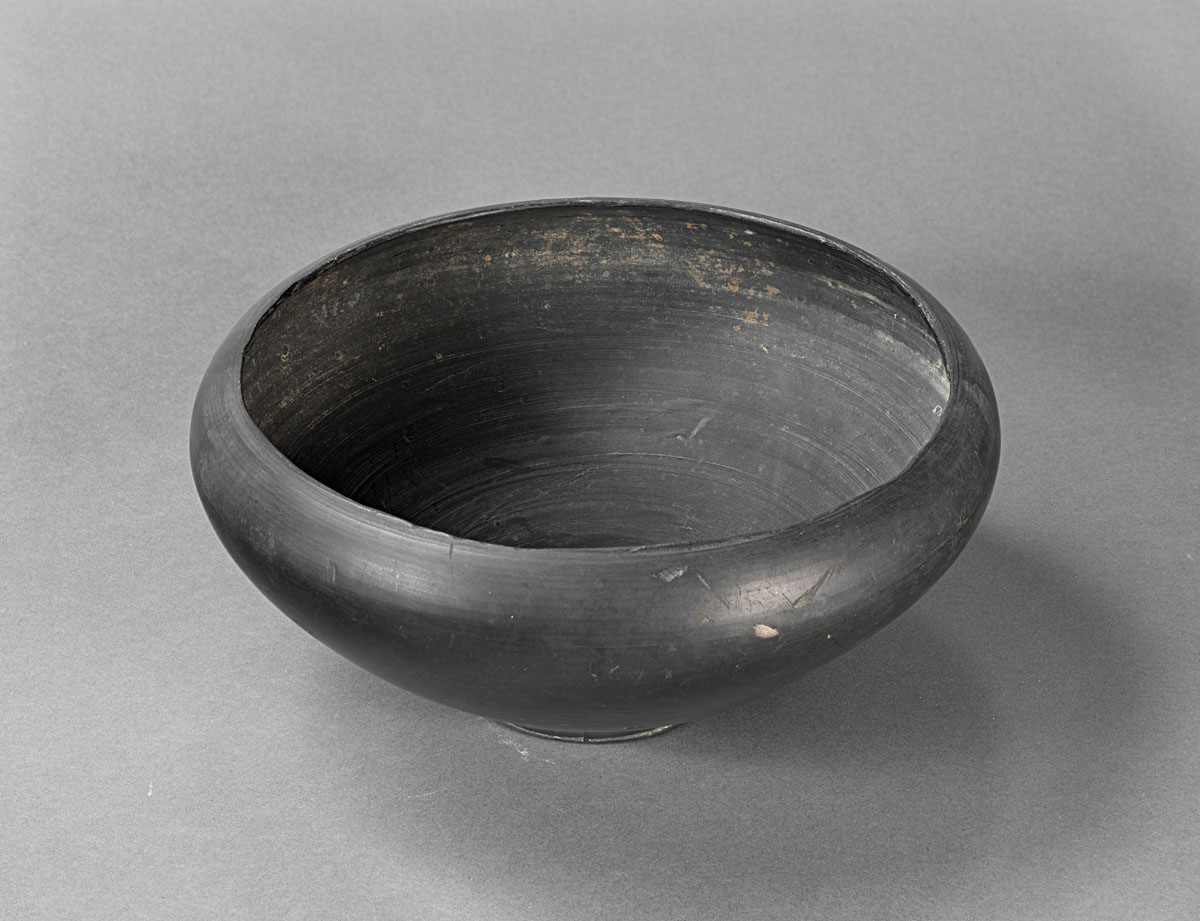The collections of the Roman-Germanic Museum in Cologne A photographic documentation
The Roman-Germanic Museum in Cologne (RGM) houses one of the largest collections of archaeological objects from the entire prehistory and early history of Central Europe, with a clear focus on the Roman era on the Lower Rhine and thus the city of Cologne itself. In addition to numerous stone monuments, wall paintings and world-famous mosaics (e.g. Dionysus mosaic), the museum's display collection consists of numerous objects made of a wide variety of materials (ceramics, glass, metal, bone, ivory, leather, wood, stone, stucco, etc.). As a whole, these allow a comprehensive view of the material culture of Roman antiquity on the Lower Rhine. After it was determined that the building, which was inaugurated in 1974, would have to be closed for several years as part of a total renovation and that most of the objects would therefore disappear into storage for years, a cooperation between the Chair of Archaeology of the Roman Provinces (AdRP) and the RGM began at the beginning of 2017 with the aim of photographically documenting the finds exhibited up to that point.
This cooperation is now in its fourth year and over 100 days of work have enabled more than 2000 objects to be photographed on site and saved for further processing. The numerous photos are promptly tagged at the Archaeological Institute, gradually processed and made available to the public via our central object database Arachne.
The work pursues various goals:
1. Large parts of the RGM's own collection are made available to it in digitized documentation.
2. The AdRP can draw on an extensive/representative edition of finds from the Roman Imperial period for teaching purposes.
3. Arachne provides the public with a good overview of one of the most important collections of Roman culture on the Lower Rhine.
The Roman-Germanic Museum is now closed (end of 2019) and unfortunately only a small part of the finds are currently available to visitors in the temporary quarters, the Belgian House. Thanks to the ongoing photographic recording, the entire exhibition collection is still accessible to us, at least digitally, and gives us an idea of what treasures await us after the reopening of the renovated museum at its old location.
Person responsible: Prof. Dr. Eckhard Deschler-Erb
Execution: Philipp Groß
Student assistants: Estelle Wallé, Sabine Nowak, Lotte Hahn, Johannes Dehl
Cooperation: RGM, Arachne, Archaeological Institute, Chair of Classical Archaeology



